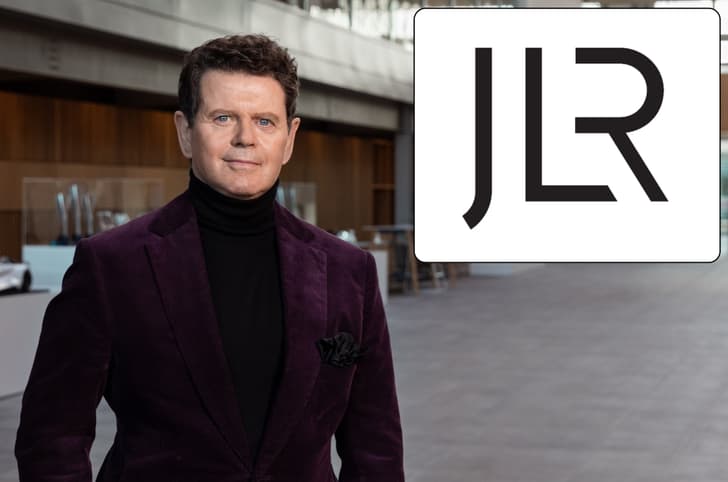While many of the world’s automakers have placed their bets on battery-powered electric vehicles (BEVs) as the singular path towards a sustainable future, Toyota believes in multiple routes and technologies as a more effective way in reducing overall emissions and meeting decarbonisation targets. At this week’s Japan Mobility Show 2023, Toyota will showcase several concepts that offer a glimpse into a future where sustainability is achieved through a spectrum of diverse solutions.
Toyota’s theme at the Tokyo Motor Show will be ‘Let's Change the Future of Cars – Find Your Future’ led by two electric concepts: the FT-3e electric SUV, and the FT-Se that previews a future electric sportscar. Giving centre stage to these brand new all-electric concepts is possibly to counter criticism that Toyota has taken a cautious approach and hasn’t invested enough in all-electric vehicles.
But though pure EVs are an important part of Toyota’s future mix of vehicles, the company doesn’t believe they are the silver bullet or the only solution to achieving carbon neutrality. Toyota feels that affordability is still a hurdle and not every market can afford EVs. Pras Ganesh, executive vice president of the People And Business Transformation Group of Toyota Asia, says: “It's very easy to tell people, please buy a fuel cell vehicle or please buy a battery electric vehicle but not everyone can do that. We have to understand that vehicles evolve in terms of affordability and until such affordability is afforded to the people, the government has to step in and give subsidies. But how much can the government subsidise? What is the tipping point to make that work?”
Ganesh also feels that EVs have other challenges like developing a sustainable supply chain and customer acceptance. “We can see in some cities the acceptance for EVs can be very high, but in some areas it could be infrastructure, the electric grid, or other aspects like the range or the charging time that may make a difference in terms of what the customer is willing to accept,” he adds.
And though Toyota has stepped up its investment in pure EVs, the company is still taking a measured approach because not all car markets will adopt EVs at the same speed. The pace of adoption depends on affordability and charging infrastructure, which vary from country to country.
Diverse solutions
Also, in some markets, fossil fuels aren’t going away soon and, in fact, consumption is set to increase in certain markets, including India. So, Toyota believes the focus should be on minimising the impact of CO2 emissions and finding other sustainability solutions. “We need to understand that there are other kinds of energy sources that also need to be considered. In certain markets, we are seeing agricultural products are a good source of renewable energy or low carbon energy that can also be utilised for vehicles. For example, by giving blended fuels, whether it comes to biodiesel or ethanol-blended petroleum,” says Ganesh.
“Having multiple solutions is the best way of actually getting people to find the most optimal carbon-reducing solution,” he adds.
And this holds especially true in a diverse market like Asia where the mobility needs, infrastructure development and affordability vary sharply between countries and there is no one-size-fits-all powertrain solution. “The solution may work in Thailand, may not work in Malaysia, or the solution that may work in Vietnam may not work in the Philippines. So we have to offer the right solution that works best for the customer and is best for the country's national objectives” says Ganesh.
It is for this reason that Toyota has possibly the most diverse powertrain options, which includes ICE, bio-fuel, HEV, PHEV, BEV and hydrogen technologies, and has moved away from betting only on hybrids after they’ve lost favour with the skyrocketing acceptance of BEVs. Besides, Toyota has possibly the most diverse range of products in the world from tiny city cars to commercial vehicles and a luxury brand (Lexus) as part of the mix.
Toyota doesn’t have a single region or country that is its primary market. The Japanese automaker is spread out across the world and it’s this geographic spread with a varied range of vehicles that makes it impossible for the company to offer one solution that will work everywhere. It is ready to bet on multiple technologies simultaneously, but this comes at a cost.
Toyota has committed R&D investment to the tune of a staggering 8 trillion yen (Rs 4.43 lakh crore) for battery-electric and other electrified vehicles. For a company that has diligently built up huge cash reserves over years with its financial prudence, it is now poised to dip into its war chest to fund future technologies and secure its future.





































